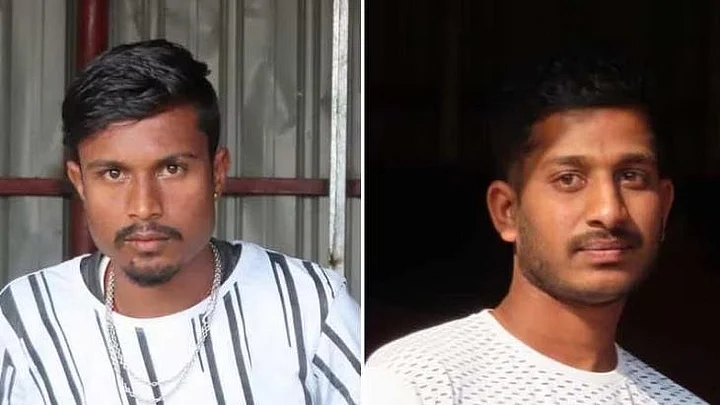The killing of two Tamil residents in Myanmar last week has sparked a chain of violent incidents that could lead to more disturbances along the border zone.
The two Tamil residents – P Mohan and M Iyanar – both in their late 20s, hailed from the border town of Moreh in Manipur’s Tengnoupal district. On 5 July, the duo had gone to Tamu on the other side of the border when they were gunned down by assailants.
An enraged mob staged a protest the next day and burned the outpost of the Myanmar army in Tamu and demanded the return of the dead bodies. The army not only refused to accept the demand but there were also reports claiming that the bodies were cremated.
The Manipur government has sent a letter to the Ministry of External Affairs with a plea to request the Myanmar government to return the dead bodies. Restrictions have also been imposed in Moreh preventing the movement of people to and from Tamu.
A Slew of Theories
Moreh will certainly emerge as the entry point to Myanmar in future, which explains the Indian government’s plan to connect the border town with a railway network. The highway between Imphal and Moreh is also among the best in the entire region, although there are rough patches that are in need of repair. But the town is also among the most infamous smuggling hubs along the entire India-Myanmar border.
Some residents in the town cutting across different communities, including the Tamil, are believed to be deeply involved in the smuggling of various items from Myanmar. Two well-known smugglers from the Tamil ward in Moreh were Laxman and Verraya Sekhar, who had migrated to other states long ago.
So, the first theory among some people suggests that the deceased duo were involved in smuggling and they were killed as a result of a tiff with their partners-in-crime across the border. According to the second theory, the incident was a case of mistaken identity as the target of the killers was somebody else.
Some residents in the town have discarded these explanations for the killings as they are certain that the murders were the outcome of a conspiracy by the Myanmar army. So, this theory says that the killers who belonged to the militia called 'Pyu Saw Htee' were tasked by the army to kill Indian residents from Moreh whenever the opportunity arose.
The Myanmar Junta wanted to trigger a hostile situation for the refugees in Manipur so that the option of crossing the border to India for a safe haven draws to a close. The Junta is also reeling under the impression that many activists of the People’s Defence Forces (PDFs) engaged in the battle against the military regime are putting up in India’s Northeast along with the refugees.
Not surprisingly, Zaw Min Tun, spokesman for the State Administrative Council in Myanmar, has accused the members of the People’s Defense Forces (PDF) of carrying out the killings.
On the other hand, the National Unity Government – the Myanmar government-in-exile formed by a group of Parliamentarians – has named Phoe Sein and Zaw Ye of the local Pyu Saw Htee squad as the killers. In a release, the Tamu PDF has alleged that the murders were “extra-judicial killings” and that the assassins also “looted some amount of money and jewellery from the victims”.
Blunder By Myanmar Army?
If the third theory is true, then it seems that the episode was an operation by the Myanmar Junta that went wrong. According to the Tamu PDF, the Junta had made efforts to ‘fabricate the evidence’ of the killings. An elderly Myanmarese refugee in his late sixties was beyond any doubt that the post-mortem of the dead bodies would have yielded evidence of the weapons used for the killings, which the Junta avoided by cremating the dead bodies.
The Junta’s fear stems from the increasing attacks by the PDFs in the Chin State and the Sagaing Region, which are contiguous with India. It does not have the adequate numbers to combat the resistance fighters in these zones as more troops have been deployed in the battle against the ethnic rebel armies in Kachin and Karen states and elsewhere in the disturbed country.
So, arming the Pyu Saw Htee squads is a tactic adopted by the Junta to come to grips with the deteriorating conditions in Myanmar as the resistance continues to spread with mounting operations against the military.
Some refugees are concerned that these Pyu Saw Htee squads could be prompted by the military to target some leaders in the Northeast. They feel that some border zones in Manipur are more vulnerable than Mizoram, where the refugees have the support of the local populace.
(Rajeev Bhattacharyya is a senior journalist in Guwahati. Views expressed are personal.)
